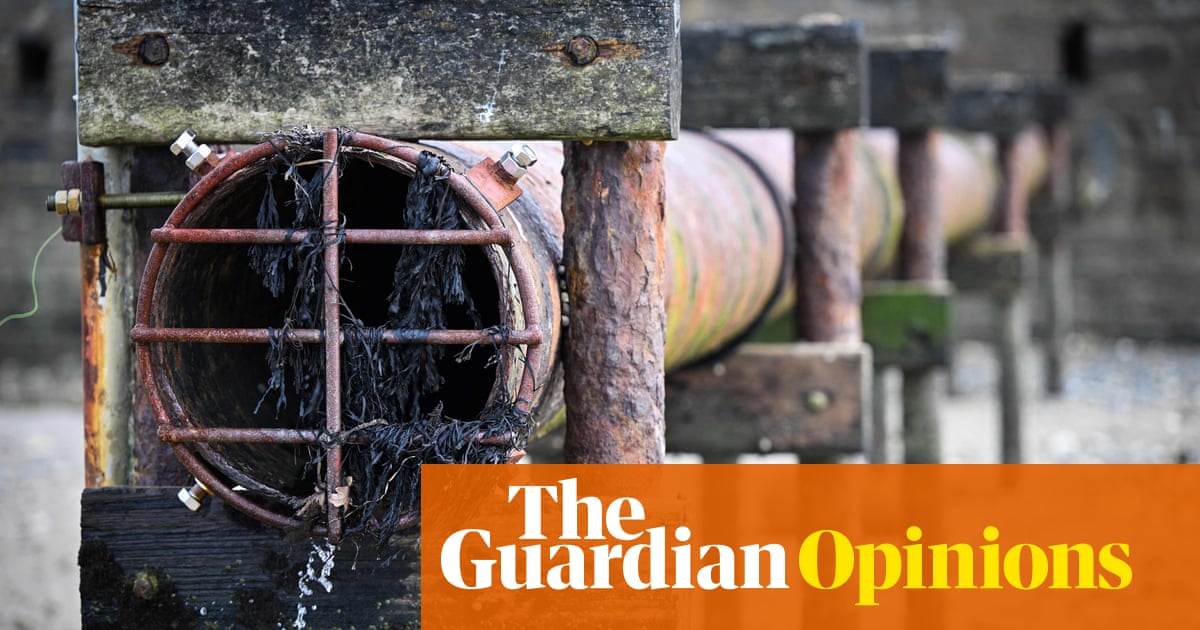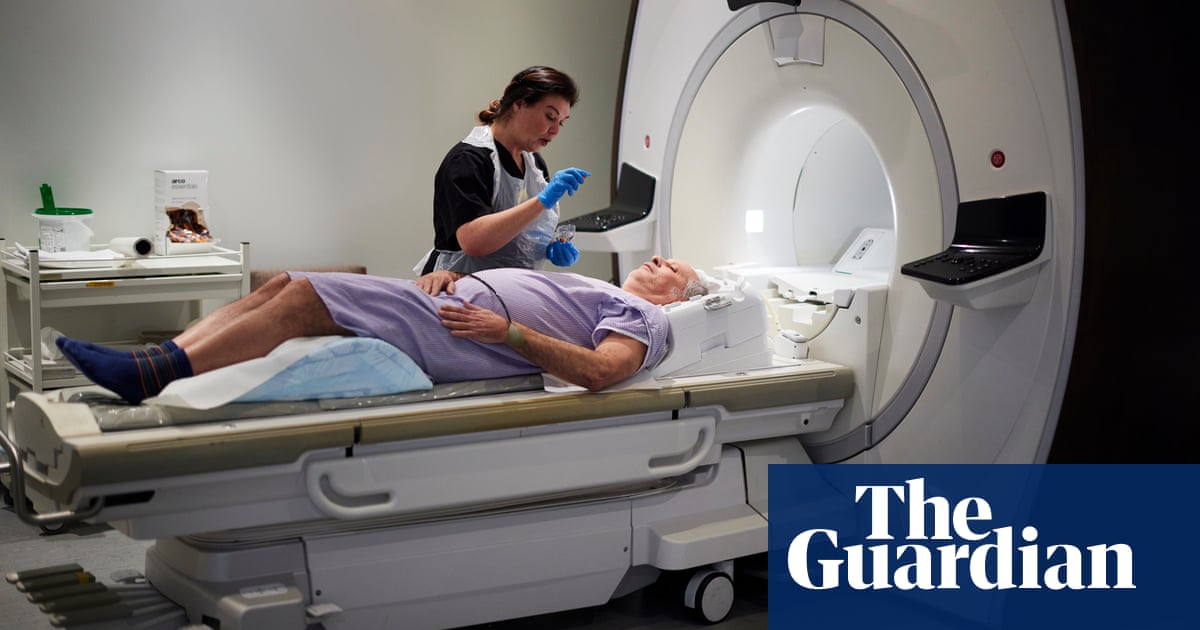
n his first day as the new science director for the Monterey Bay Aquarium in California in 2016, a giant blue storage locker caught Kyle Van Houtan’s eye. The locker was obscured by a dead ficus plant and looked as if no one had opened it for years. But the label on it intrigued him: Herbarium.
He opened it and inside found hundreds of stacked manila envelopes. Each one contained a single piece of seaweed, pressed and preserved on white paper.
The collection demonstrated a curator’s attention to detail, with neat labels in tidy handwriting that documented every seaweed’s origin and collector. And it gave Van Houtan and his colleague Emily Miller an idea.
While all the hi-tech underwater drones and sensors monitoring the ocean today can document the present, and hint at the future, they have a big blind spot when it comes to telling the past. Modern record-keeping for ocean conditions began about 80 years ago, which might sound like a lot, but “in conservation we need a lot more data than we often have on hand to make an informed assessment of what a healthy ocean is,” says Van Houtan.
If people were pressing seaweed even earlier than 80 years ago, they thought, could it be a way to go back in time, and read the history of the sea?
“I don’t know how many people have contacted me and said ‘I found a bunch of seaweed [scrapbooks] in our attic, do you want them?” says Kathy Miller, curator of algae at UC Berkeley’s University Herbarium (no relation to Emily Miller). “And I always say yes, because there could be treasures.”
The practice of pressing seaweed dates back to the 18th-century Swedish botanist Carl Linnaeus, who founded modern taxonomy, but it exploded during the natural history boom of Victorian Britain. These were the days of amateur scientists traipsing around the world, their sketchbooks in hand.
While the racier pastimes of stuffing tigers or describing plant genitalia were off-limits to the “gentler sex”, it was socially acceptable for women to go “seaweeding”. Both Queen Victoria and George Eliot pressed seaweed in their day. Some went even further, publishing field guides, with suggestions on proper attire and etiquette.
The collections themselves can be exquisite. “People spend a lot of time pressing seaweed, but also taking tweezers, separating out each beautiful branch, so that it’s splayed out nicely,” says Emily Miller, who later took over the study from Van Houtan. “They look like lace spread across the paper.”
By the 1870s, the fad had arrived on the California coastline, transplanted by early American settlers who, just like their British counterparts, were mostly women, such as JM Weeks, an eagle-eyed collector who now has a red algae named after her.
California, it transpired, was a paradise for seaweeders. As well as its vast kelp forests, the region is home to nearly 800 other species. There is the crinkly, electric-green sea lettuce, the ruffled grape tongue, and hundreds of others, many of which were first identified for science by amateur seaweeders. The Victorian-era collections are true works of art, with purple, red, brown and green algae arranged in eye-catching patterns on sturdy white card and signed in flowing India ink.
The seaweed in the Monterey locker that stood out to Emily Miller, however, was the tough, rather unremarkable gelidium, which turned up across the collection. Gelidium flourishes along the wave-battered west coast shore, and varies from sickly yellow clumps to purple coralline fans. Like all seaweed, gelidium needs nitrogen to grow, and Miller began to wonder if she could trace nitrogen samples back through the decades to see how it had changed over time.
It was the kind of thinking in which the Ocean Memory Lab, which Van Houtan runs at the Monterey Bay Aquarium, specialises. The lab extracts historical ocean data from the tissues of long-dead marine animals: an antique collection of hawksbill sea turtle shells, for example, tells the story of an animal driven to vegetarianism by a declining coral reef; while seabird feathers dating back to 1890 can be used to better understand the impact of overfishing. Although the lab does not actively acquire natural history specimens, people send in donations: the curved fang of an orca, a giant South Pacific clam shell, a whale’s inner ear bone — all illegal to harvest today, but with a story of the sea to tell.
The seaweed specimens only dated back to the 1980s, however, so Miller contacted institutions up and down the California coast, asking if they happened to have any older seaweed collections. Kathy Miller of the University Herbarium was one of those who responded: she dug into her collection and donated tissue from eight gelidium specimens, the oldest 142 years old.
After analysing the plants, the Ocean Memory Lab team discovered that the fluctuating nitrogen isotopes in the gelidium matched a historical cycle of upwelling in California. These powerful ocean currents affect everything from schooling sardines to prowling great white sharks, a shifting pattern of currents that oscillate between cooler and warmer phases.
Miller realised that, had scientists known earlier that the cycle of upwelling currents could be measured by seaweed, they might have averted some of the great fishery collapses – such as Monterey’s great sardine crash of the 1940s, forever immortalised in John Steinbeck’s Cannery Row.
“The original thinking was that overfishing caused the sardine crash,” Miller says. Now, they knew differently: “It was overfishing in combination with environmental factors and the Pacific Ocean experience.”
The discovery was a major advance for the lab. Few had expected that anything as delicate as pressed, 142-year-old seaweed could tell such a lively story about the waters where it lived, and the people who pressed it for posterity. “We need these lenses into the past and who would have ever guessed that seaweeds would be the ones. Fish otoliths, sure. Coral, sure,” says Kathy Miller, referring to studier specimens that scientists have investigated for years, “but seaweeds, which we think of as fragile and gooey, actually hold that history, not in their DNA, but in their tissues.”
Their study, published in June, extended the record of Californian currents by a remarkable seven decades, back to the 1870s. It also hinted at the toll of human-caused climate breakdown: the shift between warmer and cooler phases once moved in lockstep, explains Miller, but “some of the correlations that we historically have seen are decoupling today.”
For Van Houtan it is another step forward in the process of using preserved marine creatures to read the history of the ocean, something that can’t be done with a sensor or sampling equipment.
“We have all these drones that are mining the historical ocean: they’re called birds, turtles, whales, and sharks,” he says. “And they’re doing so in a really standardised, rigorous and robust way. So those are our sensors. That’s our sampling equipment.”












